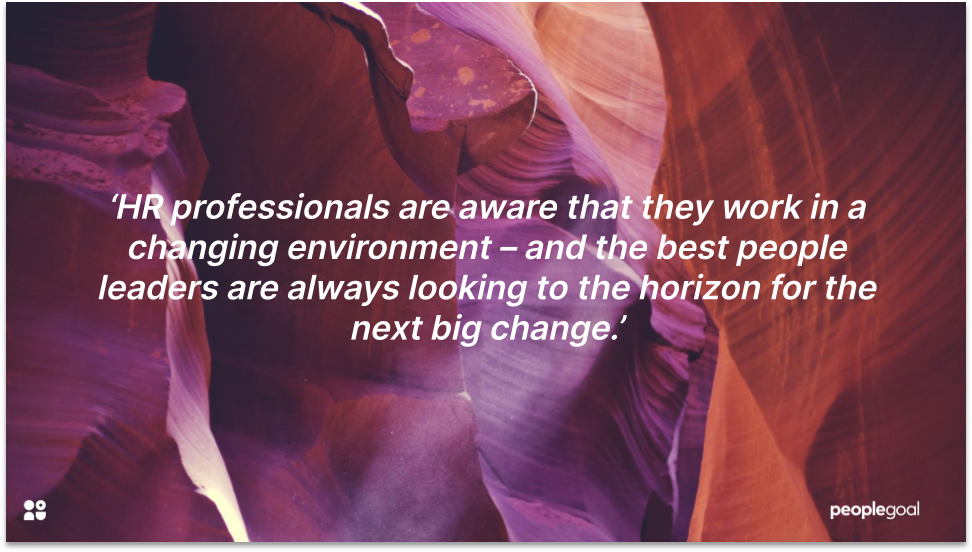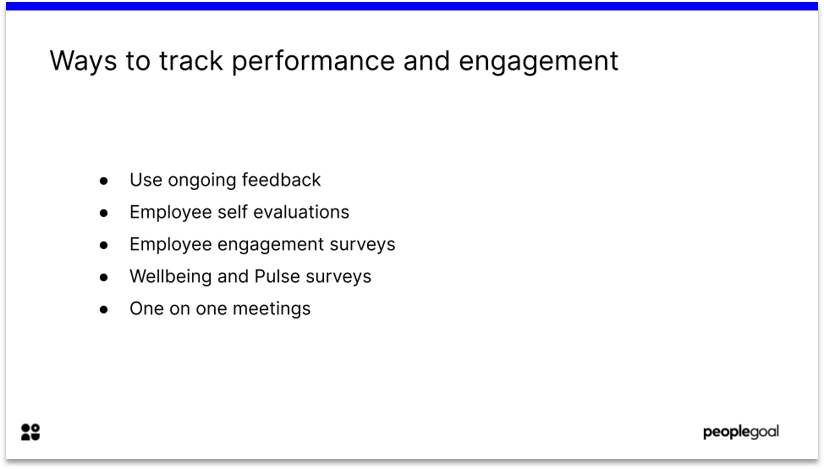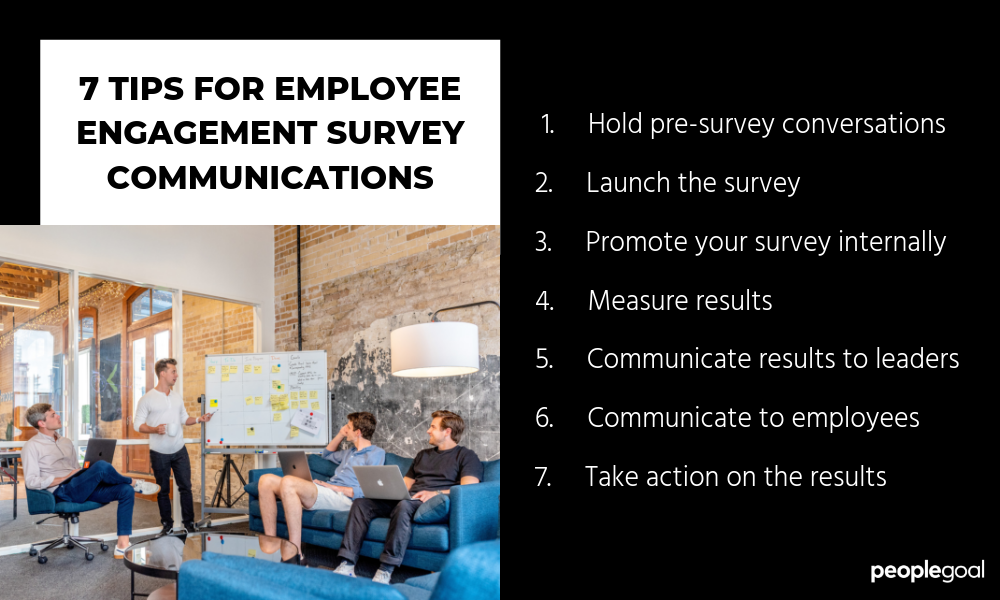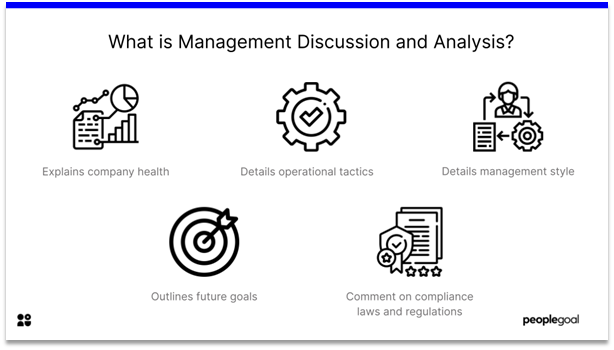‘Change is the only constant’. This was absolutely the case when the pandemic sent most companies to work from home. Organizations had to rapidly change how they deliver their service. For HR teams, the move to remote work was a crash course in change management.
The pandemic taught us that external factors are out of our control. Companies face change every day – from changing customer behaviors, to new technologies, to new expectations about the modern workplace. However, the way companies respond to change is within their control – and HR has a crucial role to play.
Debra Cohen calls this role a ‘change agent’: HR supports the company in times of change in consultation with executives.
HR professionals are aware that they work in a changing environment – and the best people leaders are always looking to the horizon for the next big change. Furthermore, HR teams who create agile strategies are more likely to steer their companies through the choppy seas of change.

Human Resources leaders should take a structured approach to change management. This should include the areas:
-
Involvement of all company levels – a bottom-up approach
-
Manager training for new policy
-
Structured training programs to ease transitions
Changes may be big or small – from finding a new training program for your team, to moving your company to remote work. The challenge of change management is always this – that your business processes have to keep moving forward even as you manage the change.
So, change management is a lot about reducing the distractions and time loss that results from change. With no communication plan, employee productivity may plummet. A lack of training for a new policy will slow down a successful implementation.
Below, we will offer 5 ways Human Resources can contribute to smoother organizational changes – so that your company can face change in a sustainable way.
What are the 4 Principles of Change Management?
To successfully manage change, you have to create a change management plan. The 4 Principles of Change Management provides a solid structure for this:

1. Understand the Change
Understanding change – why it is needed and impact it will have – is crucial during times of transition.
– What are the main challenges this change will bring?
– What opportunities/threats does this change present?
– Why do we need to change?
2. Plan for Change
Planning is bringing the future into the present so that you can do something about it now ― Alan Lakein
Instead of worrying what the future will bring, agile HR teams look ahead and create a plan for different scenarios.
– How can we ensure executive buy-in for this change?
– How can we make the business case for this?
– What will the impact of the change be?
– How can we mitigate to reduce the effect of challenges on employee engagement and productivity?
– Who will need training/resources to meet this change?
3. Implement Change
Ask these questions as you look to implement your plan.
– What training is required to ease the transition?
– Which employees/ managers will need the most support?
– How can we measure the success of our changes – e.g. through employee surveys?
– Who will be responsible for different aspects of implementation?
4. Communicate Change
The human side of change management is a lot about communication – how you can get teams on board with the company’s future plans.
– How can we communicate the need for change in a compelling way?
– How can we communicate the benefits to employees?
– How can we be honest about the negative impacts and communicate efforts to mitigate them?
– What communication methods can we use?
Examples of Organizational Change
Below are some examples of possible organizational changes. They vary in magnitude – but whatever the change, management and HR must consider the effects on all stakeholders and communicate openly with them.
-
A flexible working policy
-
Changes in customer needs or expectations
-
A new CEO or a structural changes from executive leadership
-
Changes to employment law that effect HR policy
-
Promotions or new managers
-
Onboarding new employees and adapting processes to larger teams
-
External factors that cause change – from recession to pandemics
-
Mergers and Acquisitions

5 Contributions of HR to Change Management
1. HR facilitates communication of the change
HR acts as a point of contact during periods of transition. Employees who want to see the changes implemented in a different way, or who feel unrepresented by the strategy, can come to HR for support.
Often leaders assume the reasons for change are self-evident. The benefits of a new software, they think, speak for themselves. This is rarely the case. HR can help to communicate plans in a way that ties in changes to the day to day work of employees.
Strategy+business.com gives the example of the IRS, which went through intensive structural changes in the 1990s. Faced with change, IRS leadership created a targeted internal communications campaign, including training sessions, daily voicemails and townhall meetings. The change was a major success – an excellent example of how crucial communications are to change management.
Questions to consider for a change management communications strategy
– Is the mode of communication appropriate for the change? E.g. if there are personal impacts for individual employees, one on one meetings are preferable to town halls
– How can we create a compelling message about the company’s vision for the future?
– How can we ensure that communication channels are maintained in the future, for example, during remote work?

2. Develop training programs to build towards changes
Nothing will change in your company unless your people have the resources to enact that change. Training is crucial. Think about what skills gaps will need to be filled in order for the organization to progress. For example, if an employee is taking on a leadership role for the first time, HR could equip them with manager training, via an external program.
Managers may also benefit from a change management program, such as that offered by Prosci.
3. Track performance and engagement to review the effects of change
Leaders should check in on employee development following a change. Consider running a program in which all employees write down development plans, reviewed by their managers. Schedule one on one meetings with employees to see how the changes are impacting their professional development.
HR can also run employee surveys to check the temperature among staff during times of transition. Employee wellbeing surveys have been popular during the move to remote work, as it’s more important than ever to check in on your teams.

4. Ensure any new strategy or policy aligns with the company’s culture
HR are responsible in part for the ways a company lives up to its values. People leaders can work together with managers and senior executives to consult on the impact of policy on people processes. Will a certain change compromise the company’s integrity? HR leaders have a responsibility to speak up.
If the company is undergoing transformational change – and organizational structures and culture is shifting – HR should adjust their strategies accordingly. For example, if a new CEO wants to create a high-context culture, HR could move from traditional performance reviews to more ongoing forms of feedback.
Remember, some of the best company cultures are those who step outside the status quo and find what works for their teams.

Change management: Building a stronger future
Change doesn’t happen overnight. It takes planning and skilled project management. HR has a role to play in ensuring that people in the organization are part of the changes. With training and better communication, employees are empowered to grow with the company, creating long-lasting change.
Want to learn more about the central role HR teams play in organizations? Why not read our Essential Guide to Human Resources Management?
PeopleGoal supports your teams as you scale – helping you organize development, onboarding and more. To talk to us about our apps, book a demo today.
Ready to 3x Your Teams' Performance?
Use the best performance management software to align goals, track progress, and boost employee engagement.






